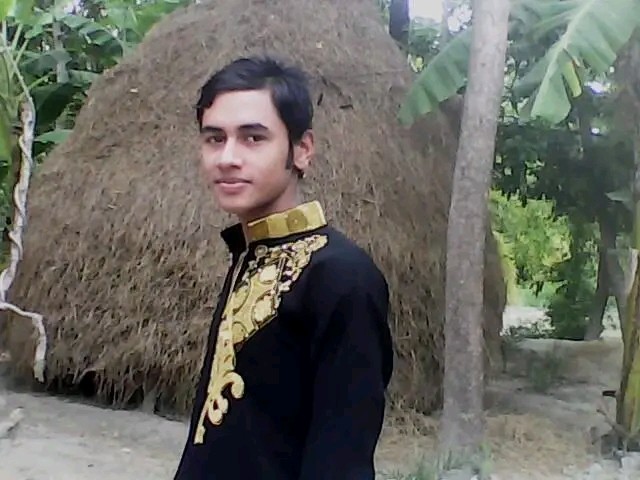Board Games – Have Deep Historical Roots Buried In The Sands Of Time
Method of persuasion, risk and indication Some points have been mentioned on the bottom of the sands of ancient Mesopotamia.
English scholar Charles Leonard Woolley revealed the most powerful prefab saw of the latter part of the 1920s. He unearthed the graves of a longtime inmate in the city of Ur in southern Iraq. The game, which covered other riches, was covered nearly 4,500 years earlier. The Royal Game of Ur is the most solid board game. No matter how Woolley looked and cut the board, he also followed the principles of the game. It was engraved with wedge-shaped shapes drawn on the spot. Ur’s Royal Game, or “The 20 Square Round,” was a racing game in which two players ran to the edge of the board. Since then, confused game jams have mainly been found throughout the obsolete world, from Egypt to India. The game Woolley found today can be played anyway, as the archaic Sumerians loved it infinitely.
Board games have been the norm in every known human advance. Various institutions of social order played board games before building a special language.
The prepackaged games are of two main types. The method of the main objectives to win the game. The goal is to weaken or find limited game pieces or get more undisputed pieces off the game board. The method of persuasion and the checkers are two cases of the action game. Technology alone does not guarantee victory.
Chance plays an important role in most, but not all, board games. The most extraordinary board games, such as chess, are based on pieces with almost no karma.
Dreamers feel karma is an unfortunate part. They feel that games need to be completely organized in order and pieces. Others feel that Piece of Luck gives these games a more layered base feel with more probable systems at an exceptionally basic level. These individuals feel that the karma part is making these games truly magical. Of course, games that are absolute bumps in reliability, where no or hardly any decisions are made, immediately become heartbreaking for most adults. Several board games for teenagers will be cycles of karma with few choices to make.
.
Karma comes into play with different tendencies. A standard method is to use dice. The dice can choose the percentage of units the game can move, how much combat forces cost or the resources a player acquires. Another standard way to make changes is to use an excellent deck of cards. So far in many games, roulette or other tools are used to select the game.
The third type of board game is a combination of the previous two. These games use procedures to organize the match.
Ready-made reading and writing games.
A prepackaged game is a game that is played with a prepackaged surface and tokens or pieces that will be obtained in all cases. Probability systems are often used, like traditional dice or cards, to select the progression of pieces or tokens outside the board.
We don’t know exactly why the first board games were made. Some of the battles in these games have served as a tool to generate ridiculous attachments. Others claim they were used to demonstrate military systems. It uses current board games and is a wonderful family redirect.
The most popular board game is actually Monopoly. In 1904 Elizabeth Magee supported The Landlord’s Game, one of the first monopolies. It was based on financial standards and was expected to show ownership of land and leaders.
In 1933 Clarence Darrow advocated the “owner’s game” concept. He called it a “bridging structure”. He went to the gambling association, Parker Brothers, to help get through the game. They turned it down because of the way they said they could never sell it. The commandos defeated him. Parker Brothers agreed to make the game next year. The base of the watch is now engraved in 15 languages and is sold worldwide.
Most of the old board games have been redesigned for an absolutely incredible era. These masterpieces were made as electronic toys. Most captivating board games have become very different from electronic games.






























